Mercedes GLC 63 S Review: High-Potential I4 Super SUV Let Down By Complexity
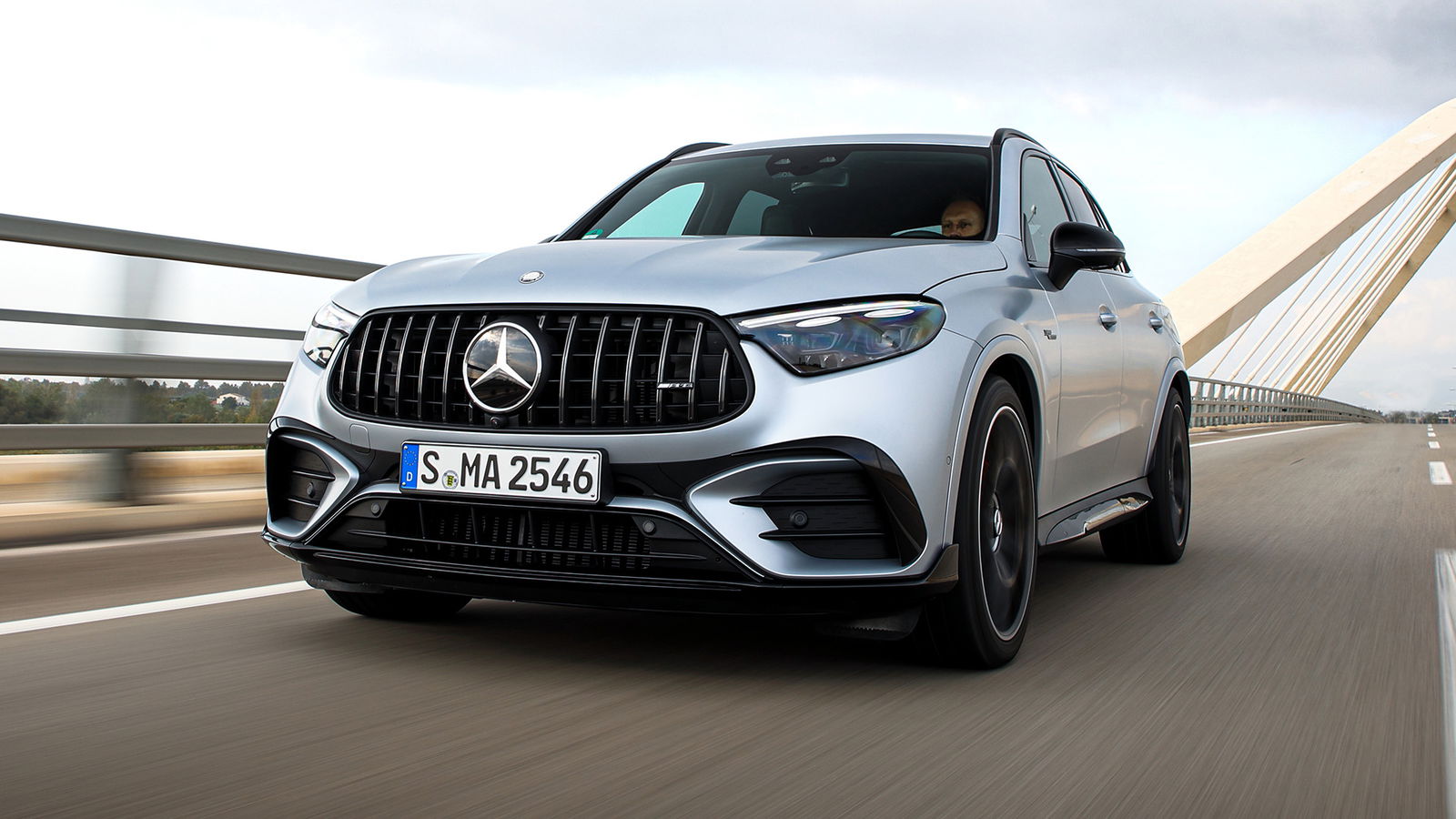
Pros
- Genuinely capable chassisThe powertrain is impressive if you manage it right…
Cons
- …but it’s too complicated for its own good at timesDoesn’t do the daily stuff well enough to make up for it
As word grew of the demise of the V8-powered Mercedes-AMG C63, you could almost hear the hearts of enthusiasts slowly being carved out. This had been a car that symbolised a brand that had one simple recipe - a big, simple engine in a car that wasn’t all that complex, making lots of power and noise. And it worked a delight.
However, replacing that with a turbocharged four-banger paired up to, horror of all horrors, a block of batteries, seemed the antithesis of all that AMG stood for. Marketing would tell you it could lean on its experience from dominating Formula 1 in the first phase of its hybrid era, and point to the halo AMG One which ripped the powertrain from the fastest race car on the planet as a symbol it knows how to make hybrids good.
But that still doesn’t make up for replacing the archaic, muscle-car-like soul the 63 has long traded on for a system far too complex. So, when you hear that engine is finding its way to the heavier, taller-riding GLC, it’s hard not to go in with some scepticism. Think about it though - if it’s going to work anywhere, could it be this? After all, the idea of a monstrously powerful SUV is already questionable enough, and the GLC hardly has the heritage of its saloon stablemate.
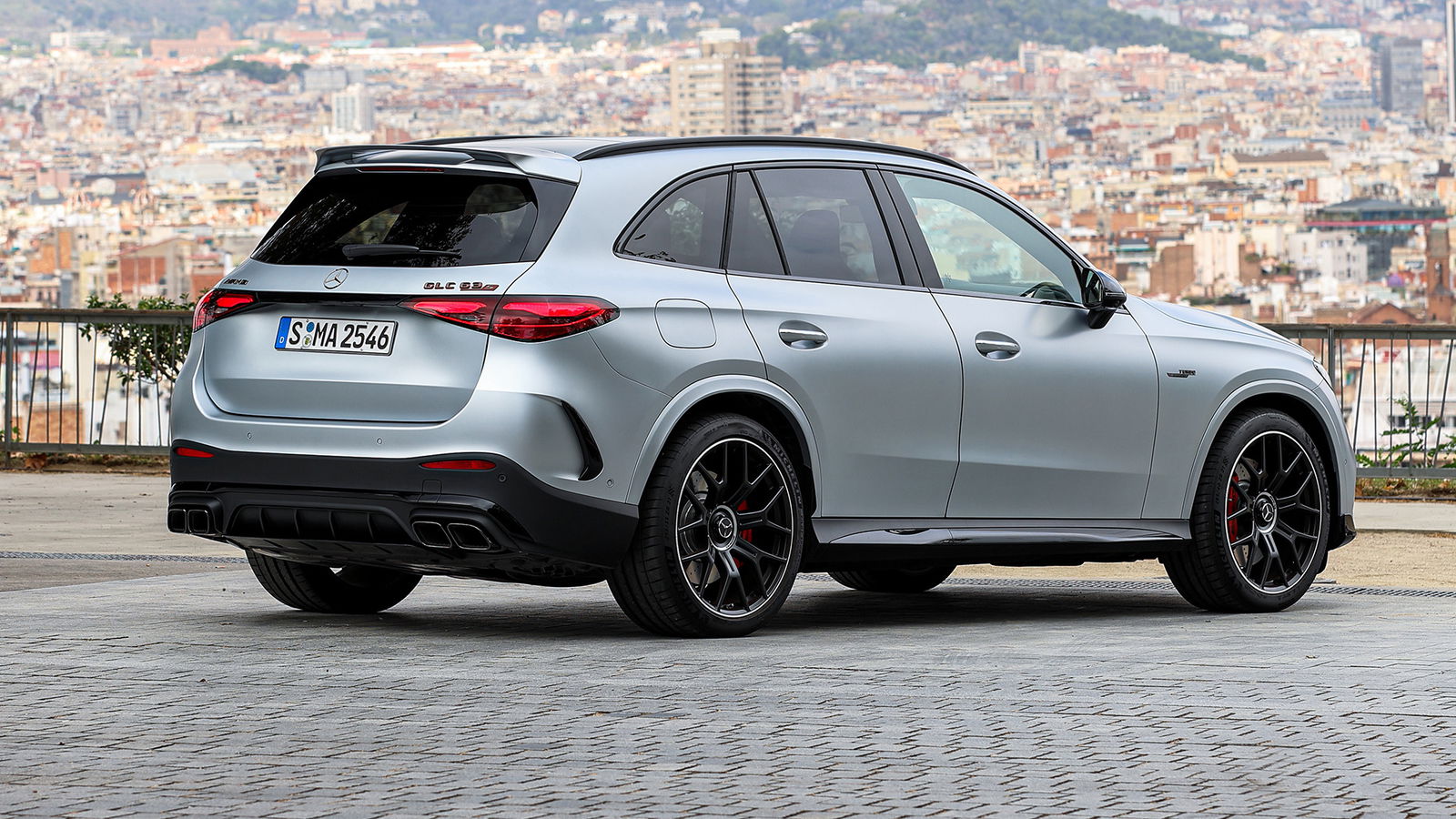
As you’re flicking through no fewer than eight driving modes. you begin to wonder if the verdict will end up a familiar one for the neatly-named, erm, Mercedes-AMG GLC 63 S E Performance.
Ignoring the more sedate modes for a moment, I started in sport mode to get a feel for what the GLC could provide. All 469bhp and 402lb ft from the 2.0-litre turbocharged four-cylinder is readily available, though only 65 per cent of the rear-mounted motor’s power is constantly on offer.
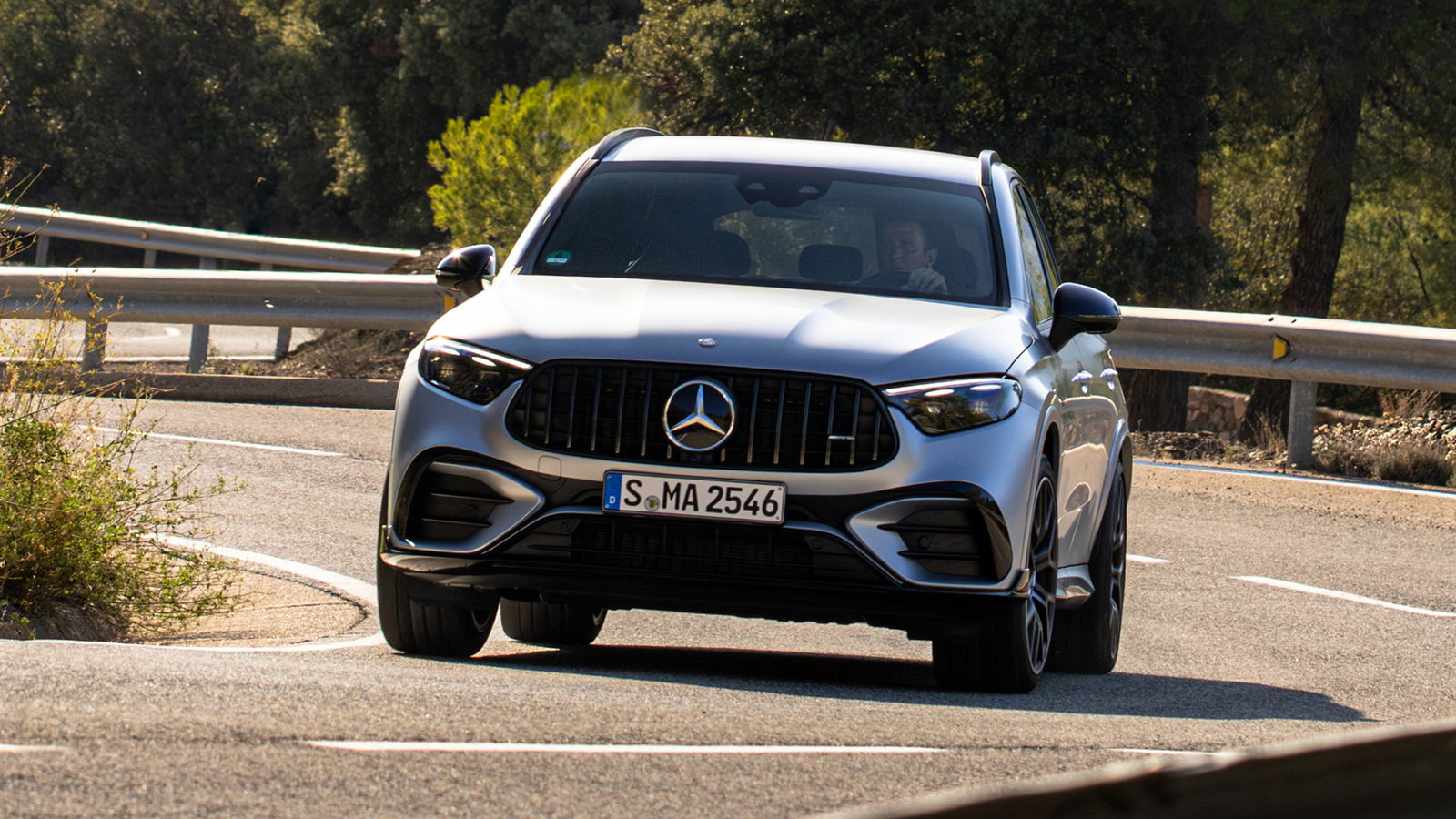
Initially, things feel flat. It's by no means a small amount of power, but with 2.3 tonnes of SUV here, it begins to feel a little lethargic. In fairness, the nine-speed multi-clutch gearbox does well to help it out, with slick changes and rarely being stranded in the wrong gear on corner entry or exit. The throttle pedal does have a kick-down which will give you a burst of full motor power too - with a total system output of 671bhp and 752lb ft - but the car never feels quite ready for it.
It’s a bit of a shame at this point because the chassis offers plenty of promise that the powertrain fails to match. Steering feels precise and offers a great deal of feedback for an electrically-assisted system, and the car feels surprisingly agile and willing to rotate for something of its size and weight. You can thank a clever anti-roll stabilisation system for that, in combination with rear-axle steering turning up to 2.5 degrees opposite of the front below 62mph and 0.7 parallel to them above that.
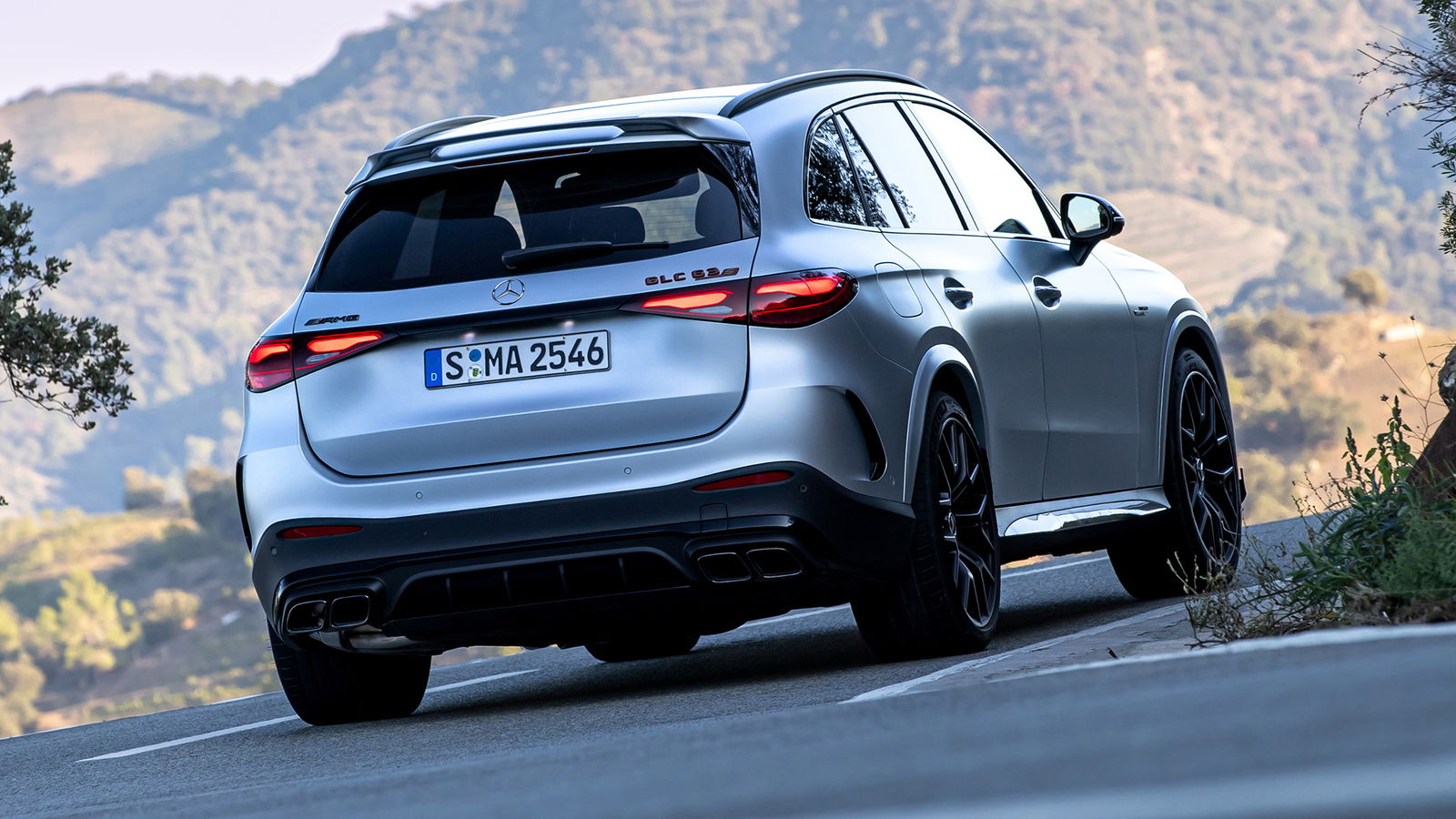
Its sheer heft becomes noticeable under braking though, and its transition between relying on motor regeneration and the physical discs is a jarring one - pedal feel initially quite soft before suddenly feeling as though someone jammed a wet sandbag under your right foot.
Once you’re in Sport+, some of the powertrain's failings begin to iron out. Then you have 80 per cent of constant motor power to call upon - with kick-down function still here albeit with the rest of the system feeling more switched on for it. In turn, a more stiffly-set and recalibrated chassis (including standard-fit adaptive dampers) adds even more excitement. Managed right, it brings the demonic soul the GLC 63 appears to have programmed deep with.
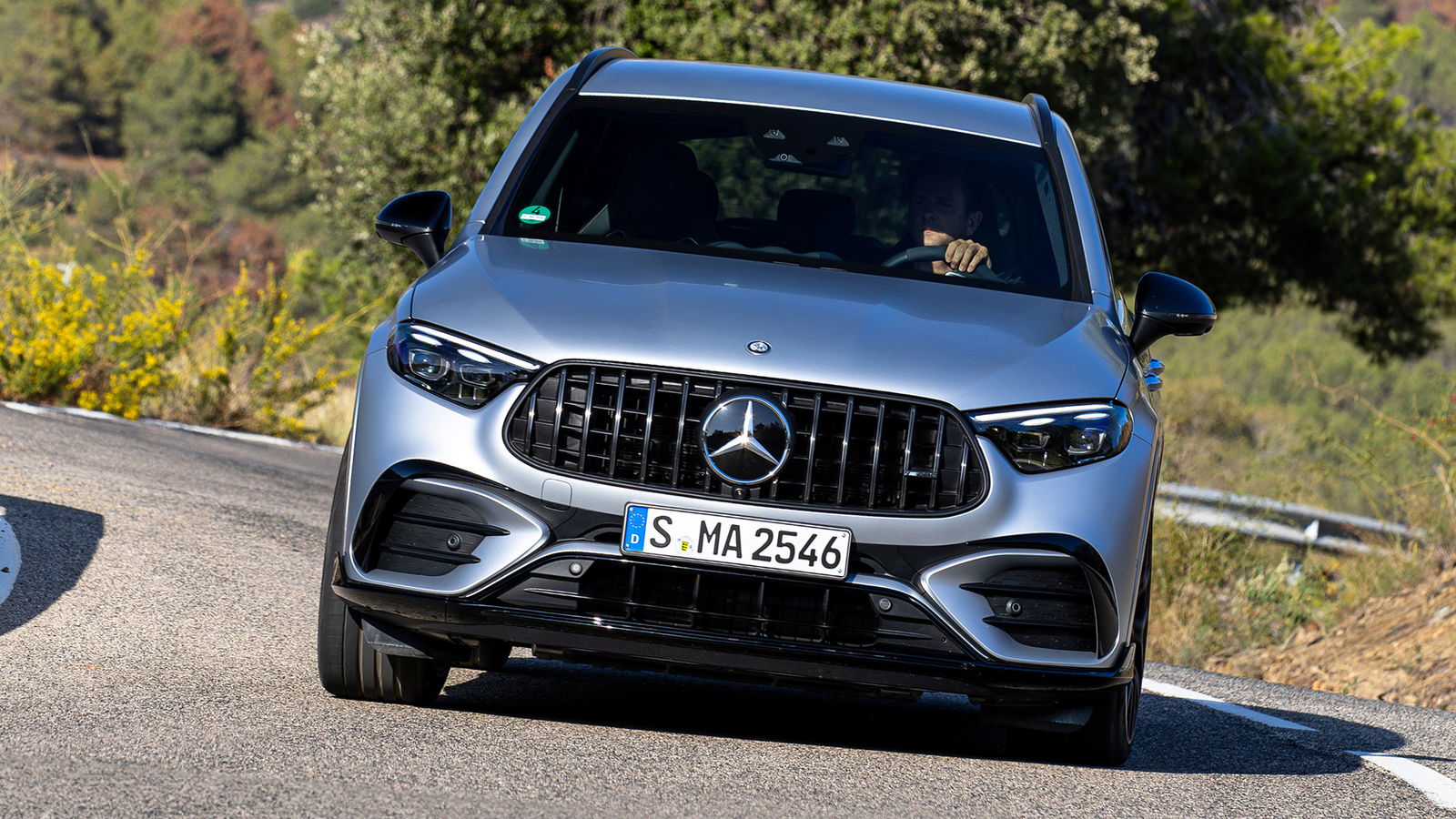
I say managed right, because you need to be mindful of how and when you call upon the power. Without sufficient juice, the motors won’t give you constant delivery of the power which - combined with a rather narrow peak torque band between 5,250-5,500rpm - leaves you having to think ahead as to which corners to brake harder and earlier for recuperation, and extremely mindful of the revs you’re exiting corners on. It’s a different way of driving fast, but can leave your brain fogged with calculating rather than just wondering if you’re having fun.
Race mode rounds out the hardcore settings and Mercedes tells you it offers more aggressive mapping to better deal with the recuperation and full power deployment, but on the road you don’t feel a real difference. I’d like to see how it copes on a track but realistically, so few GLCs will ever come close to being hot-lapped.
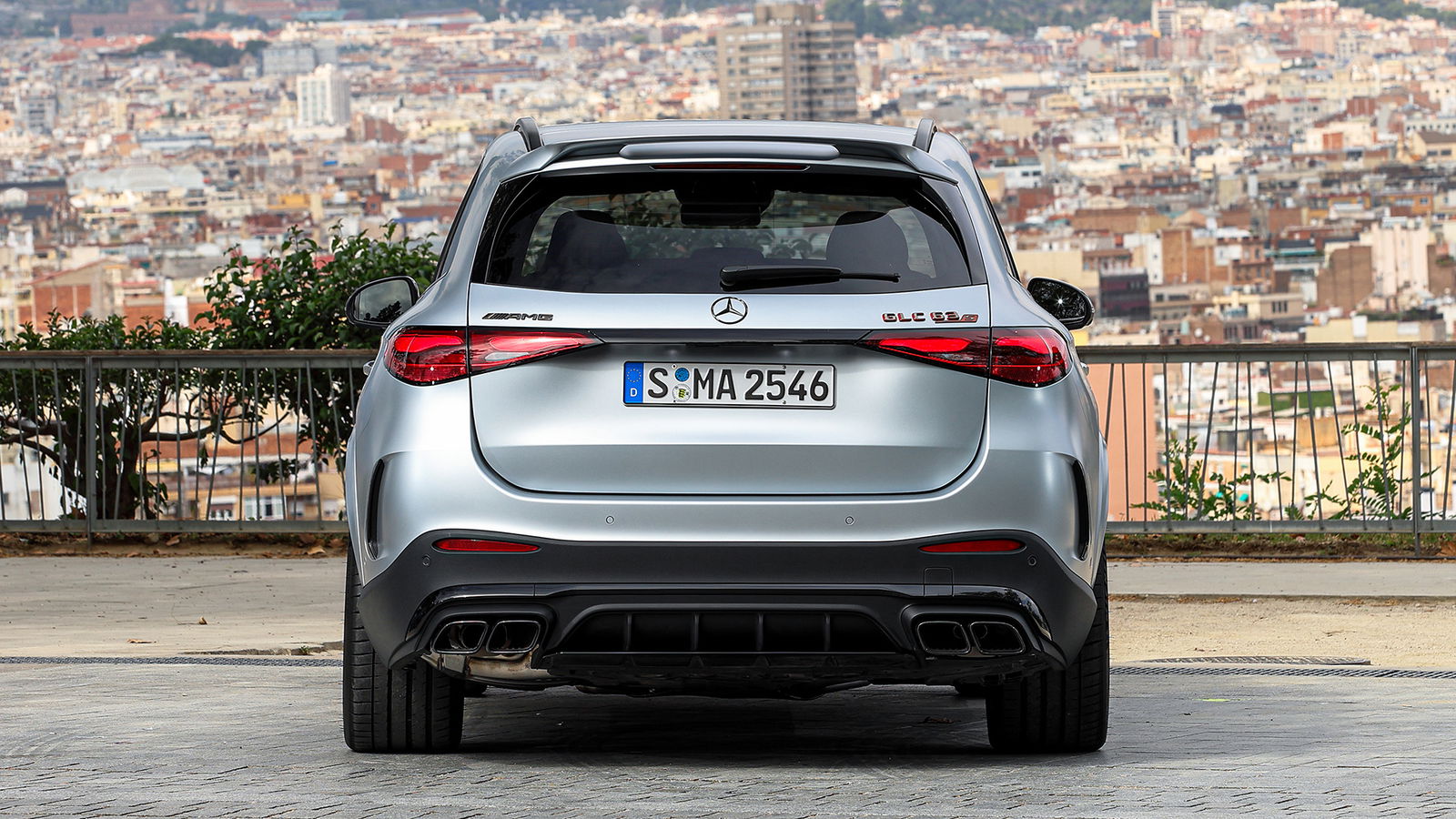
This compromise on consistent and more simplified performance could be forgiven if the efficiency benefits were there, but they’re hard to come by. Mercedes’ official figure of electric-only driving is a mere eight miles and an attempt at an economy run returned around 28mpg - hardly befitting of a four-cylinder hybrid. At 170g/km of CO2, it’s not like there are massive tax breaks to be had either - though a much lower BiK rate compared with the V8 will appeal to those buying one as a company car.
The usual GLC decent visibility and space in the rear seats are feasible for daily duties, but the problem lies in a very stiff suspension even in comfort mode. Jolts and bumps in smooth Spanish roads were constantly noticeable, so it’s almost nightmare fuel to imagine how it’ll cope on the UK’s poorly maintained network.
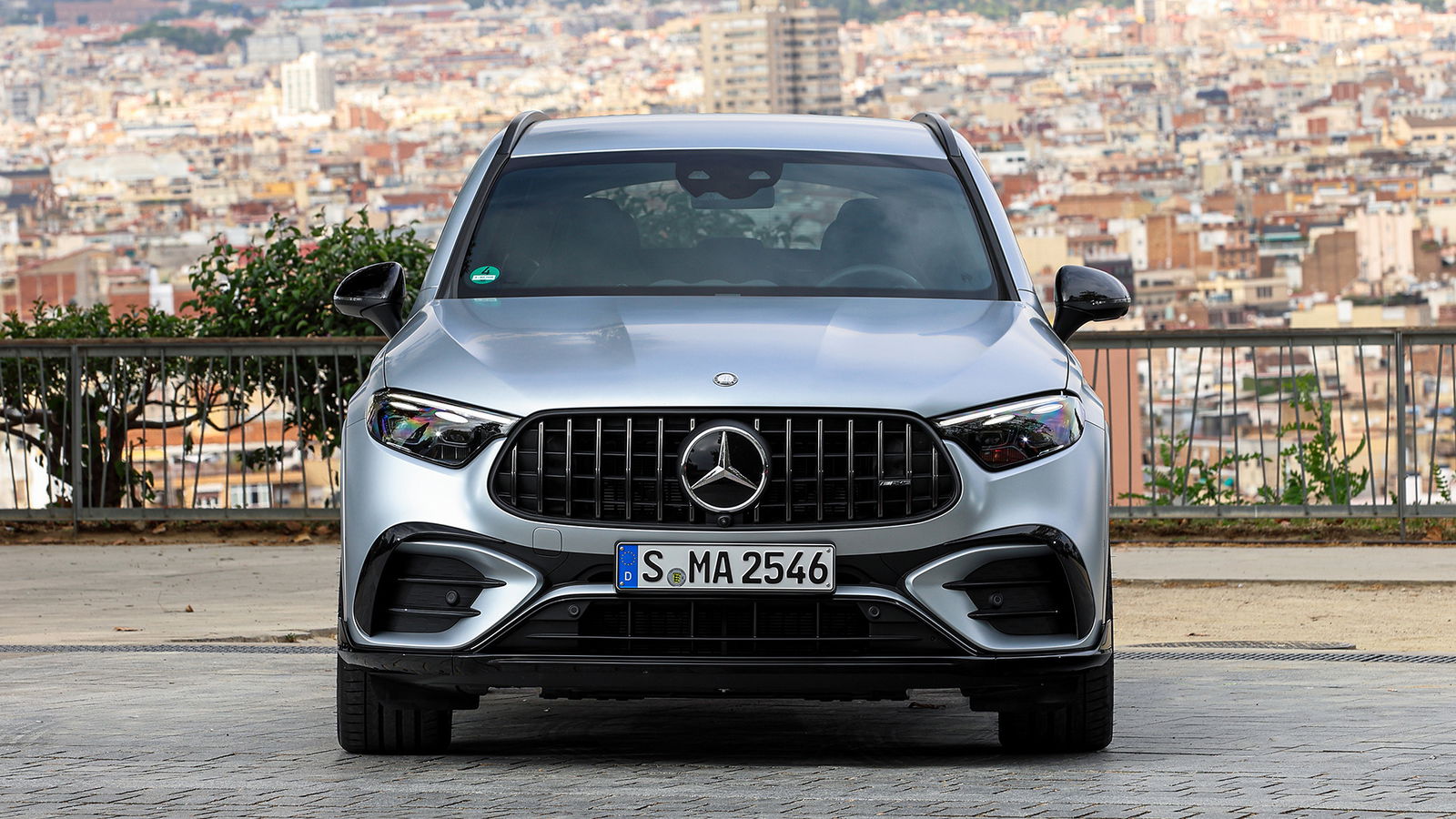
Boot space is identical to the 470 litres of the normal plug-in hybrid GLC, which has a considerably larger batter and a useable electric range. A starting price of £108,995 is not an easy pill to swallow - especially when you consider a BMW X3 M can be had for £92,320.
Without the burden of legacy in the back of your mind, it’s clear to see the Mercedes-AMG GLC 63 S can showcase the best of the E-Performance powertrain. You really have to think about how you’re driving it though, which often detracts from the sheer fun, and the benefits as a daily driver don’t make up for it - leaving this complex recipe a bit short of its potential flavour.
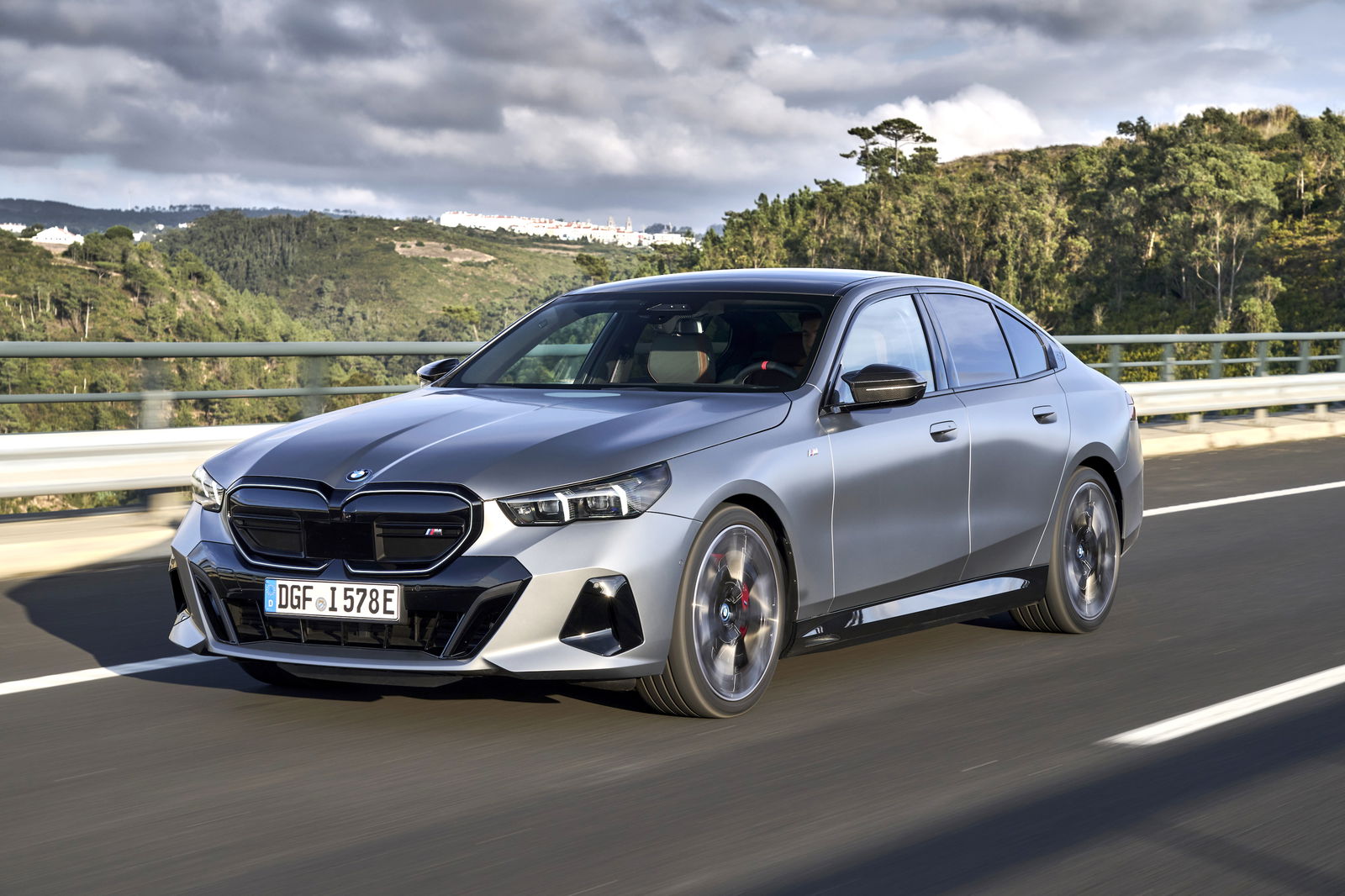
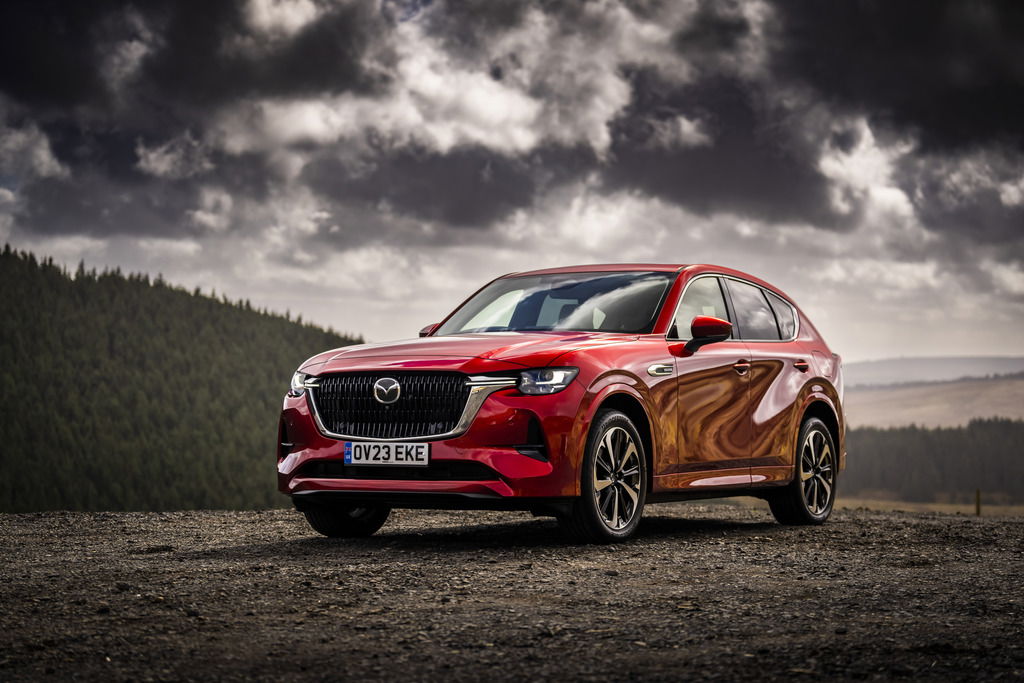

Comments